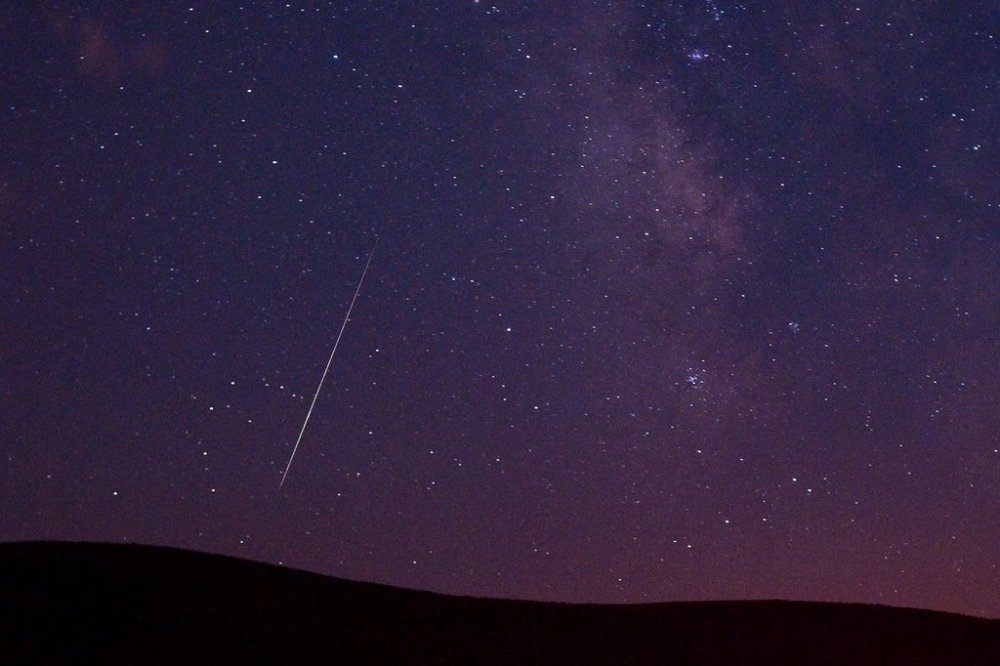Keep your eyes on the skies: Annual Perseid meteor shower set to peak tonight
Advertisement
Read this article for free:
or
Already have an account? Log in here »
To continue reading, please subscribe:
Monthly Digital Subscription
$1 per week for 24 weeks*
- Enjoy unlimited reading on winnipegfreepress.com
- Read the E-Edition, our digital replica newspaper
- Access News Break, our award-winning app
- Play interactive puzzles
*Billed as $4.00 plus GST every four weeks. After 24 weeks, price increases to the regular rate of $19.00 plus GST every four weeks. Offer available to new and qualified returning subscribers only. Cancel any time.
Monthly Digital Subscription
$4.75/week*
- Enjoy unlimited reading on winnipegfreepress.com
- Read the E-Edition, our digital replica newspaper
- Access News Break, our award-winning app
- Play interactive puzzles
*Billed as $19 plus GST every four weeks. Cancel any time.
To continue reading, please subscribe:
Add Free Press access to your Brandon Sun subscription for only an additional
$1 for the first 4 weeks*
*Your next subscription payment will increase by $1.00 and you will be charged $16.99 plus GST for four weeks. After four weeks, your payment will increase to $23.99 plus GST every four weeks.
Read unlimited articles for free today:
or
Already have an account? Log in here »
Stargazers are in for a shimmering show tonight as the annual Perseid meteor shower is set to reach its peak.
NASA says the fireball shower began last month and the celestial event is expected to peak tonight and tomorrow before ending on Aug. 23.
The space agency says the Perseids are best viewed in the Northern Hemisphere during the pre-dawn hours, but at times it’s possible to view the streaks of colourful cosmic light as early as 10 p.m.

NASA says about 50 to 100 meteors are seen per hour during the shower, with meteors shooting across the sky at about 59 kilometres per second.
The U.S. space agency says every Perseid meteor is a tiny piece of the 26-kilometre-wide comet Swift-Tuttle, which swings near the sun every 133 years.
NASA says the meteor shower comes after earth passes through the debris of the comet, allowing the meteors to collide with our atmosphere and create the starry streaks.
This report by The Canadian Press was first published Aug. 12, 2025.

